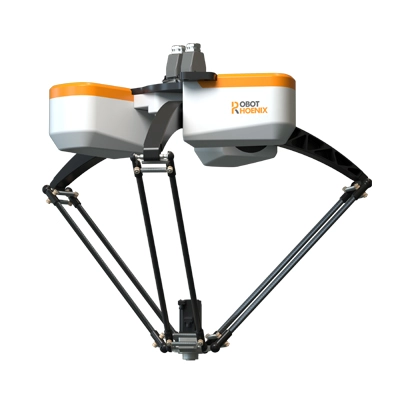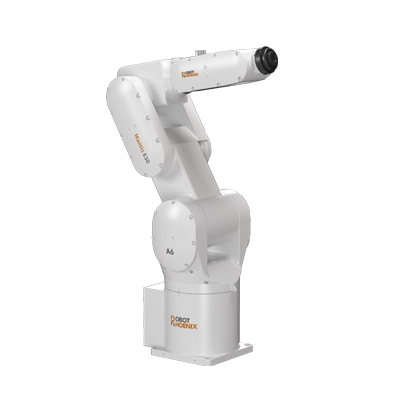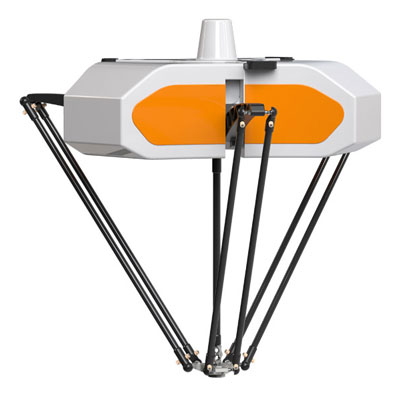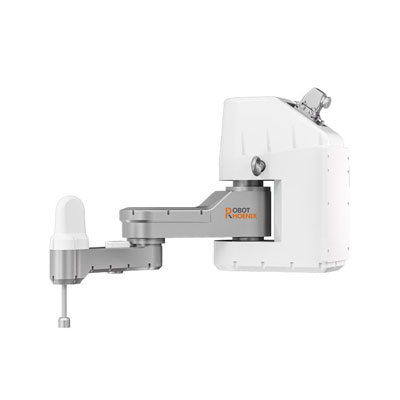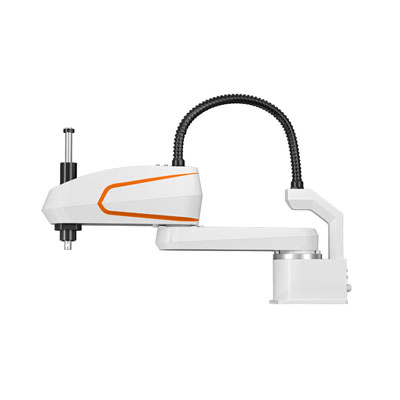High-Quality Advertorial For The Industrial Robot Market:
In the fast-paced world of manufacturing and industrial processes, the advent of industrial robotics has ushered in a new era of efficiency, productivity, and technological advancement. As we progress further into the 21st century, industrial robots are reshaping how products are made, leading to smarter and more dynamic factories. This article delves deeper into the industrial robotics market, exploring the driving factors behind its growth, the challenges it faces, and the transformative impact it has on industries worldwide.
Key Factors Driving the Industrial Robotics Market
Industrial robots have become synonymous with precision, speed, and consistency. Their ability to tirelessly perform repetitive tasks with high accuracy has resulted in significant gains in manufacturing efficiency and boosted overall productivity. Processes that once required significant manpower and time can now be completed at an accelerated pace, reducing production timelines and costs.
While the initial investment in industrial robots can be substantial, the long-term benefits they offer often outweigh the costs. Manufacturers experience reduced labor expenses as robots handle repetitive tasks, allowing human workers to focus on more complex and creative aspects of production. Moreover, the minimized errors and waste in automated processes lead to cost savings and enhanced product quality.
The continual evolution of industrial robot technology, driven by innovations in sensors, artificial intelligence, and machine learning, has been pivotal in enhancing the capabilities of industrial robots. These advancements enable robots to undertake increasingly complex tasks with higher precision and adaptability, making them invaluable assets in today's demanding manufacturing landscape.
One of the significant breakthroughs in industrial robotics is the integration of advanced safety features. Modern robots are equipped with sophisticated sensors and collision detection systems, ensuring a safe working environment for both human workers and robots. This has fostered the rise of human-robot collaboration, where robots and humans can work side by side, leveraging each other's strengths to achieve optimal efficiency.
Unlike traditional manufacturing machinery, robotic machinery for sale offer unparalleled flexibility and reprogrammability. This adaptability allows manufacturers to quickly change production lines to accommodate varying product specifications and market demands. In the face of rapidly changing customer preferences, this attribute provides a competitive edge to companies in staying agile and responsive.
Industrial robotics forms a crucial component of Industry 4.0, a concept emphasizing the integration of smart technology and data exchange in manufacturing processes. As factories transition into smart manufacturing hubs, industrial robots play a pivotal role in enabling interconnected production systems, data-driven decision-making, and predictive maintenance.
In regions grappling with rising labor costs or a scarcity of skilled workers, industrial robots for sale present a viable solution. By automating labor-intensive tasks, companies can maintain or increase production levels while mitigating the impact of labor-related challenges.
The rapid growth of industries in emerging economies has sparked a surge in demand for industrial robotics. As these economies modernize and expand their manufacturing capabilities, industrial robots become instrumental in enhancing their overall industrial prowess.
Challenges and the Path Forward
While the long-term benefits of industrial robots are substantial, the initial investment like industrial robot price, required to implement robotics solutions can be a barrier for smaller businesses or companies with limited financial resources. To address this challenge, industry stakeholders are exploring various financing models and incentives to facilitate wider adoption.
Integrating industrial robots into existing manufacturing processes can be a complex undertaking that demands specialized knowledge and expertise. To overcome this challenge, industry players are partnering with robotics companies that offer comprehensive support and training, ensuring a smooth integration process.
The rapid deployment of industrial pick and place robot has sparked concerns about job displacement for human workers. However, historical evidence shows that automation often leads to the creation of new roles and job opportunities. To navigate this challenge, companies must invest in upskilling and reskilling their workforce, enabling them to take on higher-value tasks that complement robotic automation.
Although industrial robots are equipped with advanced safety features, safety remains a priority. Industry stakeholders are continuously working to improve safety standards, develop reliable fail-safe mechanisms, and foster a culture of safety in robotics applications.
Conclusion
The industrial robotics market continues to grow and evolve, with innovation driving its expansion across diverse industries. The combination of efficiency, cost-effectiveness, and adaptability offered by industrial robots has proven transformative for manufacturing processes worldwide. As companies embrace automation and robotics, they must also prioritize workforce development and safety, ensuring a harmonious coexistence between humans and machines in the future of manufacturing. As the journey of industrial robotics progresses, it holds the promise of reshaping industries and shaping a more technologically advanced and prosperous world.
Robotphoenix has a full product matrix of lightweight industrial robots and core components, including delta robots, SCARA robots, small six-axis robots, coordinate robots, AGV robots, wafer handling robots, robot controllers, vision systems, etc. The robots are widely used in sorting, palletizing, handling, loading and unloading, packing, precision assembly, testing, spraying and other links in industries of food, daily chemical, 3C, medicine, automobile and so on. Robotphoenix provides customers with one-stop intelligent manufacturing solutions.
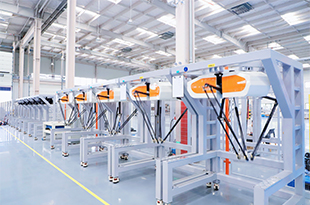 Learn More
Learn More 
 EN
EN  ja
ja  ko
ko  fr
fr  de
de  es
es  ru
ru  pt
pt  ar
ar  vi
vi  ur
ur 